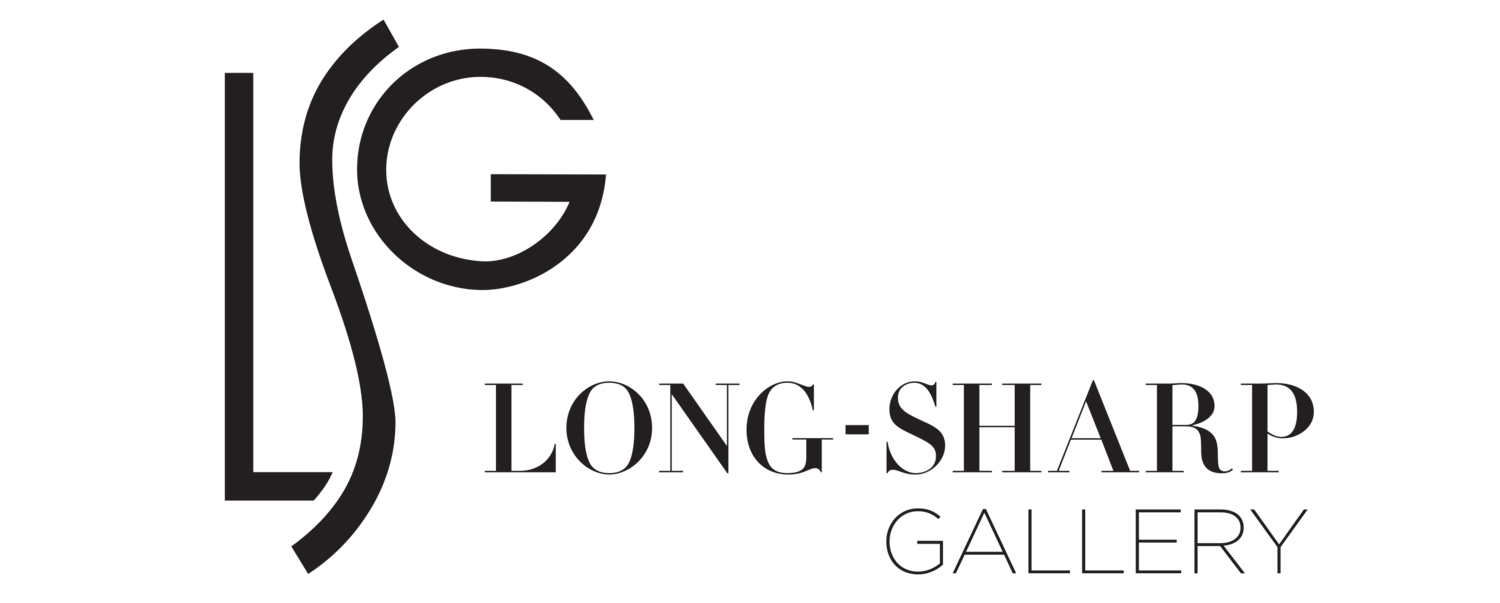Andy Warhol - A Boob of Fairies and A Book of Fairies
Year: circa 1954
Medium: Original china ink drawing on paper
Size: 11 x 8.5 in (27.9 x 21.6 cm) (each)
Provenance:
Estate of Andy Warhol (stamped)
The Andy Warhol Foundation for the Visual Arts (stamped)
Long-Sharp Gallery
Authenticated by the Authentication Board of The Andy Warhol Foundation for the Visual Arts (stamp on verso), Foundation archive number on verso in pencil, initialed by the person who entered the works into The Foundation archive.
The 1950s was a particularly innovative decade for Warhol. In addition to the hundreds of successful advertisements he would create for some of New York’s biggest (and most fashionable) publications, Warhol also used this time to write/illustrate books. He published eight books during this decade, with several other books never published.
Many of the books published in the 1950s were created in editions of 100, and many of those editions were given to friends and relatives as gifts. Many were collaborations, with the illustrations by Warhol and the verbiage from another member of the New York literary sect. (For example, Love is a Pink Cake includes poems by Ralph “Corkie” Ward, and Wild Raspberries features quirky recipes penned by Suzie Frankfurt.)
Warhol’s whimsical study drawings from this time often include cherubs and fairies captured in various moments of mischief. Many such fairies would find a more permanent home in Warhol’s In the Bottom of My Garden, published in 1956. It has been suggested that the cover for that particular book – as with many of Warhol’s other works – underwent a series of transformations before arriving at its final state. (An image of a similar drawing depicting the words “Fat Fairies” was also created around this time, and has been suggested as a potential discarded cover for the book.) Additional studies for the cover page dub the book “A book for fairies”, how the book was referred to “among Warhol’s queer intimates”. (Adman, Warhol before Pop, at page 29.)
It is unknown whether the text reading “Boob of fairies” was intentional or a slip of the pen on the way to “Book of Fairies”. Given Warhol’s penchant for acknowledging human imperfections [many of his works from the 1950s and thereafter feature misspellings or grammatical errors of some kind], it is possible that he intentionally left the page bearing a mistake. On the other hand, given Warhol’s often impish hand in drawing and writing, it could be argued that the title of this “book” is exactly as Warhol intended it.
